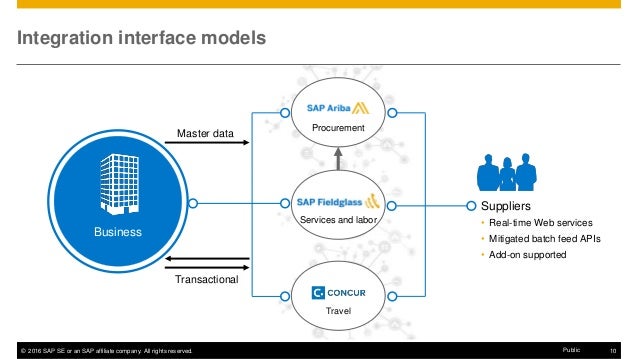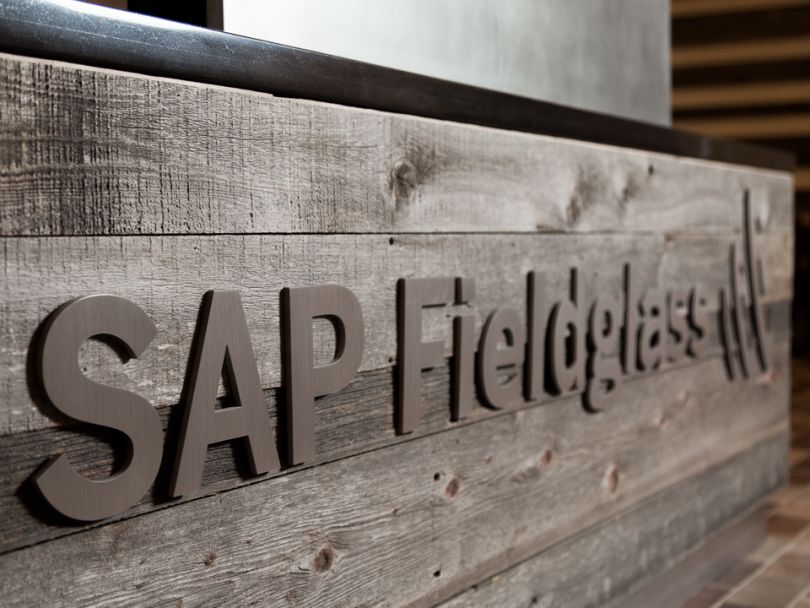



Managers can also track invoice and payment by automatically generating invoices and approvals based on timesheets. Timesheet tracking allows managers to keep pace with the time and allocated hours that workers enter via desktop or mobile applications. Happy workers lead to increased hiring manager satisfaction – a win/win for both sides.īoth the SAP Fieldglass Contingent Workforce Management application and the SAP Fieldglass Services Procurement application allow employers to manage their global external workforce from a centralized system. This leads to workers who are paid on time and increased satisfaction. SAP Fieldglass allows for labor rates to be properly managed in 190 countries while ensuring that invoices are accurate and compliant. Implementing a Vendor Management System (VMS) like SAP Fieldglass allows employers to be proactive when considering the pay of external workers. Only 14% of the executives felt they were managing this spend category effectively. SAP, in collaboration with Oxford Economics, surveyed 1,000 global procurement and supply chain executives and found that 42% of workforce spend is on contingent labor and service providers. Employers are faced with the need to adopt new strategies to support remote work, hire more external workers, and implement new processes to support automation. 20% of employee turnover is attributable to financial stress and we estimate the combined effect of this to cost employers in the US and the UK c.$300bn annually.”

Whether it’s the rising cost of construction materials, paying more at the pump, or seeing your grocery bill rise, everyone is feeling the financial pressures – including employed individuals.Īccording to EY’s recent report on On-Demand Pay, “When this stress is carried into the work environment it manifests as distraction, absenteeism, reduced performance and ultimately employee turnover. Increasingly frequent disruption from geopolitical crises, natural disasters, and the pandemic itself have led to financial pressures across the globe.


 0 kommentar(er)
0 kommentar(er)
